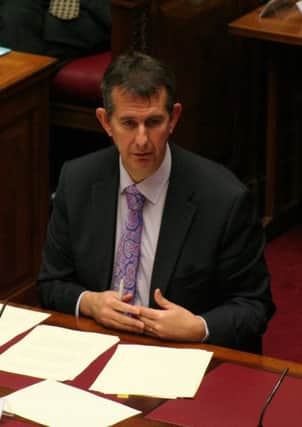5m prescriptions of ‘dependency’ linkedbenzodiazepine pills


Two months ago the Sentinel revealed how a Londonderry doctors’ practice was discouraging patients from using certain anti-anxiety and sleep disorder drugs and had distributed information on how to cope without them. Quayside Medical Practice distributed a range of literature suggesting how to manage withdrawal from benzodiazepines and how to manage anxiety and sleep problems without resorting to them. Patient UK says there is “a good chance that you will become dependent on a benzodiazepine or Z drug if you take it for more than four weeks.” But over the past five years 5,085,499 benzodiazepine presecriptions were dispensed by community pharmacists. This was more than the 4,704,948 hypnotics or anxiolytics that do a similar job but do not contain benzodiazepine during the same period. Health Minister Edwin Poots revealed the number of prescription items for drugs containing benzodiazepine in response to an Assembly Question. He said the figures related to drugs containing benzodiazepine, which are categorized under Chapter 4 Section 1 of the British National Formulary ‘Hypnotics and Anxiolytics’. The number of prescription has declined from 1,014,919 in 2008/9 to 982,536 in 2012/13.
There are concerns benzodiazepines can present addictive problems. The drugs, whilst being prescribed legitimately, are also sold illegally on the black market.
Advertisement
Hide AdAdvertisement
Hide AdIn 2009/10, 13 per cent of 576 clients who contacted Substitute Prescribing treatment services across NI contacted the services in the Western Trust.
Seventy-two people here were being prescribed substitute drugs to wean them off a variety of substances, including heroin, cocaine, benzodiazepines, cannabis, codeine and paracetamol. Heroin was the most commonly reported main drug of misuse in the area with 51 per cent of clients addicted. This was followed by Other Opiates (33 per cent), Cannabis (32 per cent), Benzodiazepines (25 per cent), Codeine/Paracetamol (25 per cent), Dihydrocodeine (21 per cent), Methadone/Buprenorphine (13 per cent) and Other Drugs (13 per cent).